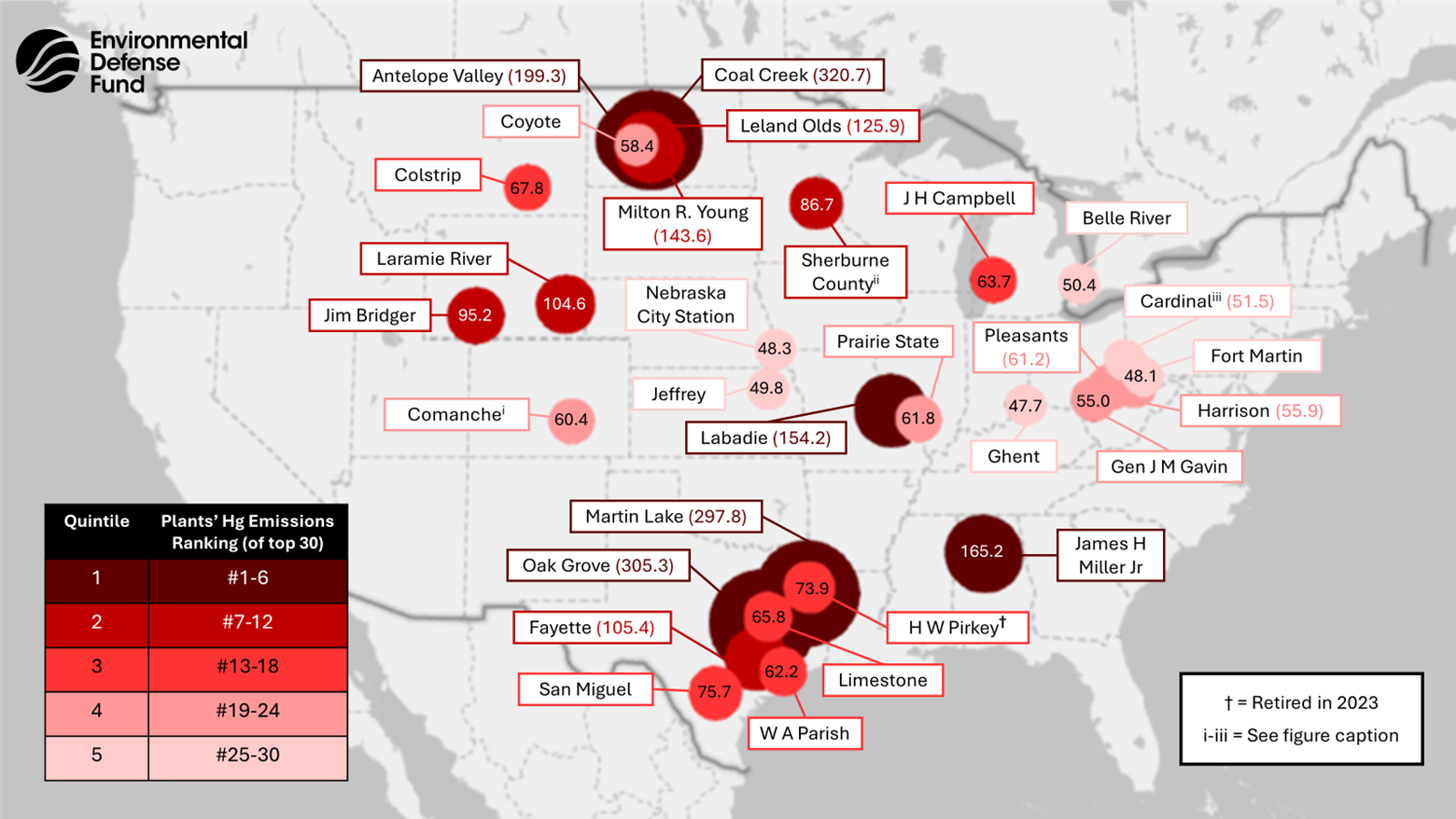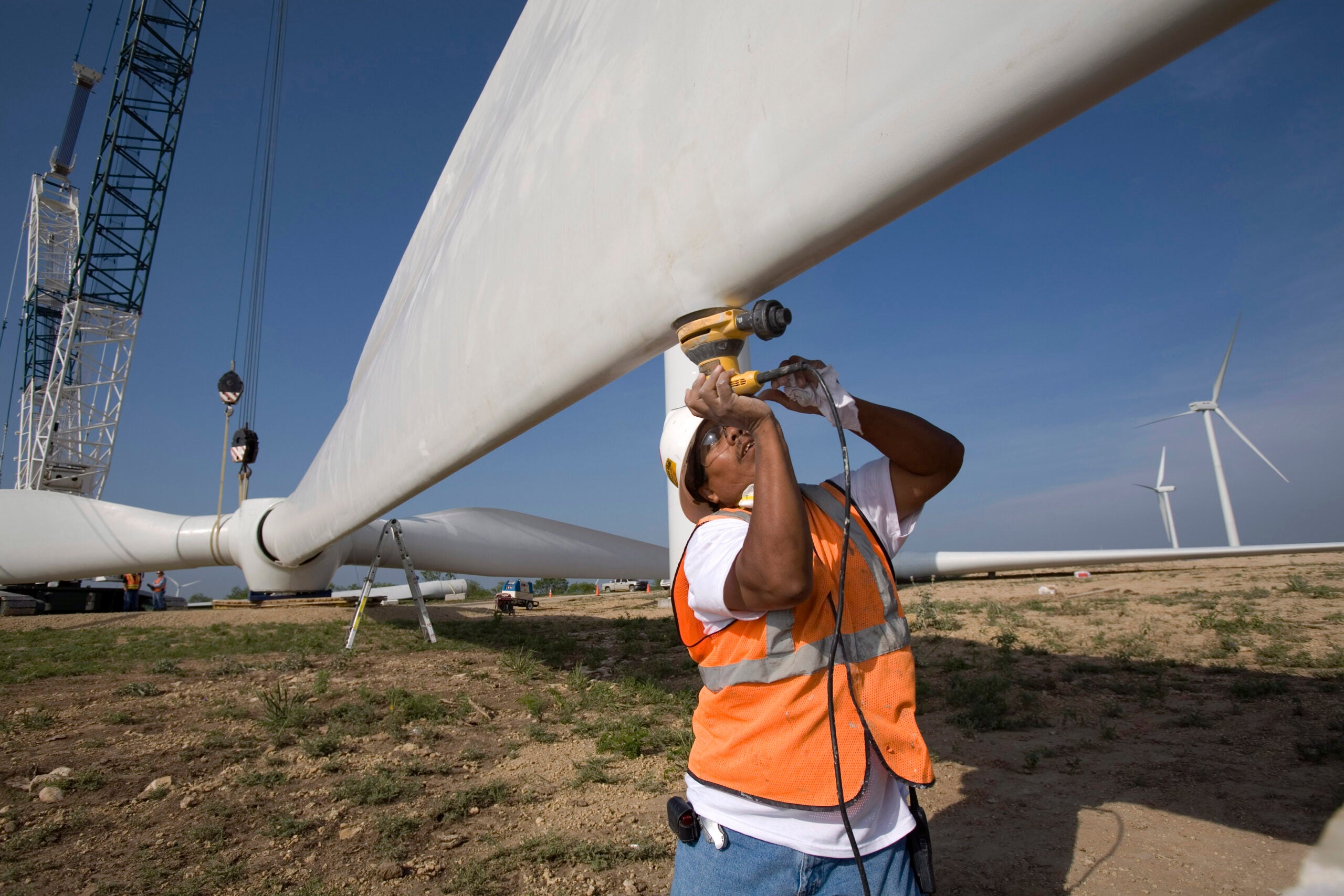
Shoreline protection in Bangladesh. IMF Photo/K M Asad 2021 via Flickr (CC BY-NC-ND 2.0)
By Angela Churie Kallhauge, Executive Vice President, Impact
Addressing our planet’s climate crisis requires commitment, cooperation, and urgency – all underpinned by finance. But our international financial systems were not designed for a challenge of this scale, and we are falling behind in meeting the needs of developing countries in combatting climate change.
In response to this challenge, the World Bank, the world’s largest multilateral development bank (MDB), adopted a reform agenda last year to become more fit-for-purpose, by providing countries with easier access to money to face the climate crisis. Other MDBs are pursuing similar transformations.
We now need to ramp up the implementation of these reforms over the coming year. In November, the world will convene in Azerbaijan for the UN Climate Conference, COP29, to set a new target for climate finance. And unless we know how these reforms will allow MDBs to deliver and mobilize money where it’s needed most, the new finance goal may fall flat.




